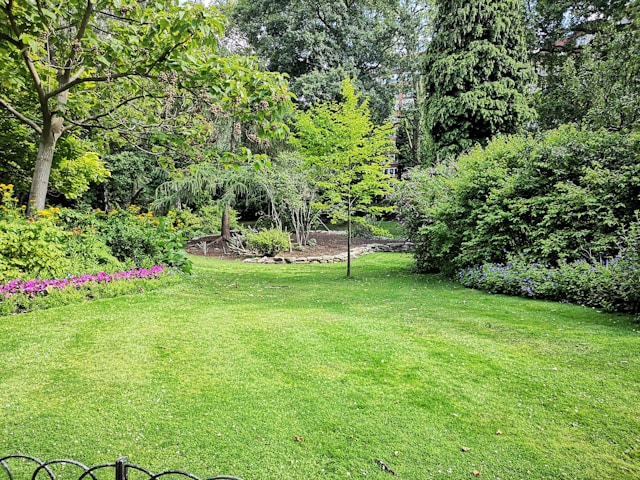
Creating a Beautiful Garden
A beautiful garden is not only a source of pride and enjoyment but also a sanctuary where you can relax and connect with nature. Transforming your garden into a stunning landscape requires planning, creativity, and a bit of effort. This article provides insights and tips on how to make your garden beautiful, with focus on various elements that contribute to its overall appeal.
Planning Your Garden
Assess Your Space
Before diving into garden design, it’s essential to assess the space you have. Consider the size, shape, and existing features of your garden. Take note of sunny and shady areas, as well as any slopes or uneven terrain. Understanding the characteristics of your garden will help you make informed decisions about plant selection and layout.
Set a Theme
Choosing a theme can give your garden a cohesive and harmonious look. Whether you prefer a classic English garden, a modern minimalist design, or a vibrant tropical paradise, having a clear theme will guide your plant choices, color schemes, and decorative elements. A well-defined theme can make your garden more visually appealing and organized.
Plan the Layout
A well-thought-out layout is crucial for a beautiful garden. Divide your garden into different zones, such as flower beds, vegetable patches, seating areas, and pathways. Use curves and lines to create a natural flow and enhance the visual interest. Planning the layout in advance ensures that each element has its place and contributes to the overall aesthetics.
Selecting Plants
Choose a Variety of Plants
A diverse selection of plants adds texture, color, and depth to your garden. Combine different types of plants, including perennials, annuals, shrubs, and trees, to create a dynamic and layered look. Pay attention to the plants’ blooming periods to ensure that your garden has visual interest throughout the year.
Consider Color Schemes
The right color scheme can significantly impact the beauty of your garden. Choose colors that complement each other and fit your chosen theme. For a harmonious look, stick to a limited color palette. Alternatively, create a vibrant and lively garden by mixing bold and contrasting colors. Remember to consider the colors of foliage, flowers, and even garden accessories.
Focus on Native Plants
Incorporating native plants into your garden can enhance its beauty and sustainability. Native plants are adapted to the local climate and soil conditions, making them easier to care for and more resilient to pests and diseases. They also provide habitat and food for local wildlife, contributing to a thriving ecosystem.
Adding Decorative Elements
Garden Structures
Garden structures like pergolas, arbors, and trellises can add height and structure to your garden. These features not only provide support for climbing plants but also create focal points and define different areas. Choose materials and designs that complement your garden’s theme and style.
Pathways and Borders
Pathways and borders are essential for creating a neat and organized garden. Use materials like gravel, brick, or stone to create pathways that guide visitors through your garden. Define flower beds and lawns with borders made from wood, metal, or natural stone to give your garden a polished look.
Water Features
Incorporating a water feature can add a sense of tranquility and beauty to your garden. Whether it’s a small pond, a fountain, or a birdbath, the sound and sight of water can create a soothing atmosphere. Water features also attract birds and other wildlife, adding life and movement to your garden.
Maintaining Your Garden
Regular Care and Pruning
Regular maintenance is key to keeping your garden beautiful. Prune plants to encourage healthy growth and remove dead or diseased branches. Keep an eye on weeds and remove them promptly to prevent them from taking over. Regularly water and fertilize your plants according to their needs.
Seasonal Planting
To keep your garden looking its best throughout the year, consider seasonal planting. Rotate plants and add new ones that thrive in different seasons. This approach ensures continuous blooms and foliage, maintaining the garden’s appeal across all seasons.
Sustainable Practices
Adopting sustainable gardening practices can enhance the health and beauty of your garden. Use compost to enrich the soil, reduce chemical use by opting for natural pest control methods, and conserve water with efficient irrigation systems. Sustainable practices not only benefit the environment but also promote a thriving and resilient garden.
Conclusion
Creating a beautiful garden is a rewarding endeavor that requires thoughtful planning, diverse plant selection, and regular maintenance. By assessing your space, setting a theme, and incorporating decorative elements, you can transform your garden into a stunning oasis. Embrace sustainable practices and seasonal planting to ensure your garden remains vibrant and attractive all year round. With dedication and creativity, your garden can become a picturesque retreat that brings joy and relaxation to your life.


